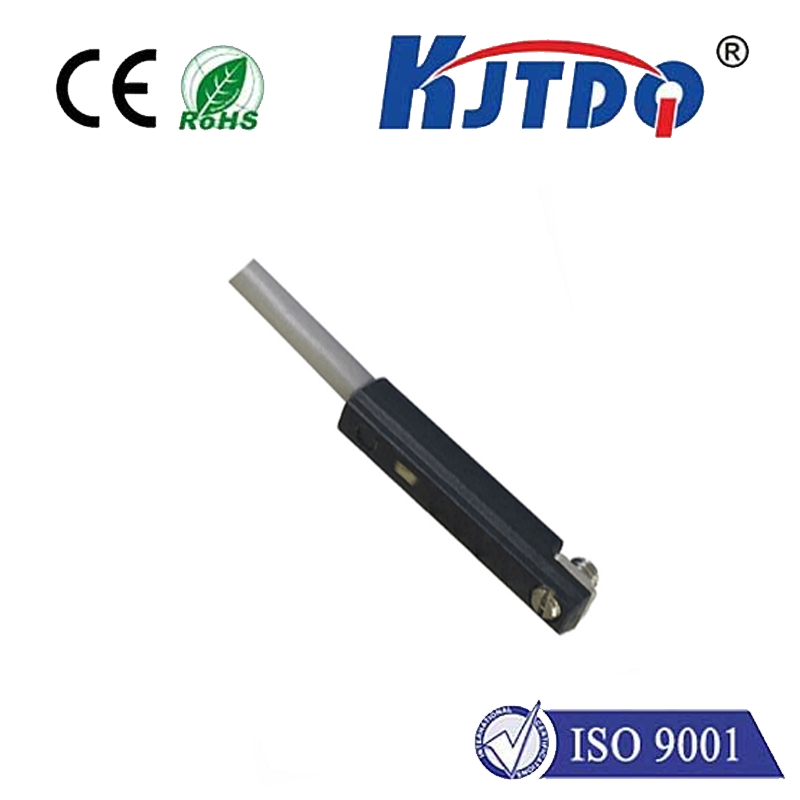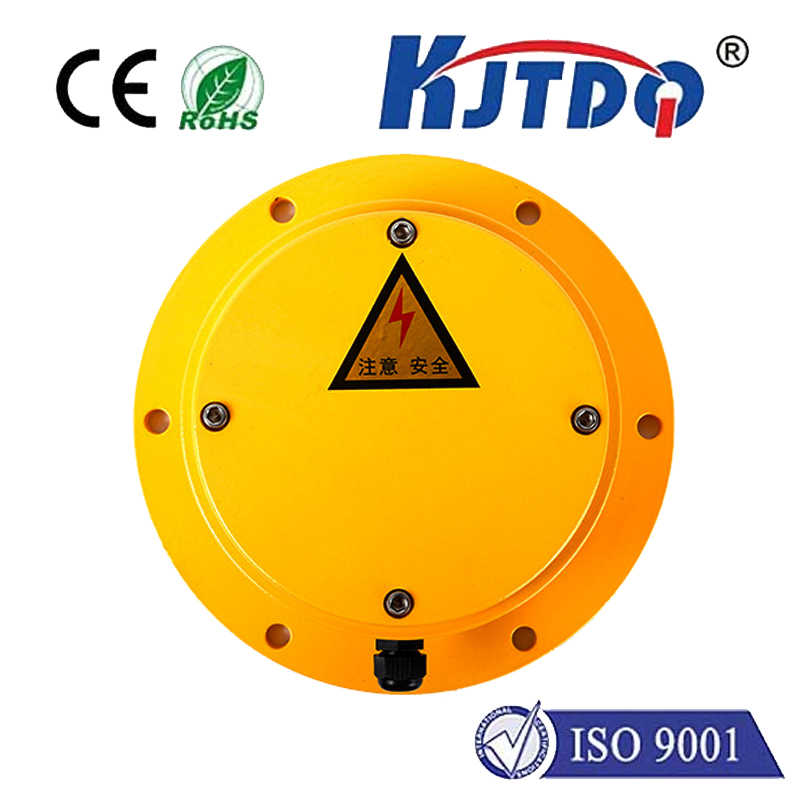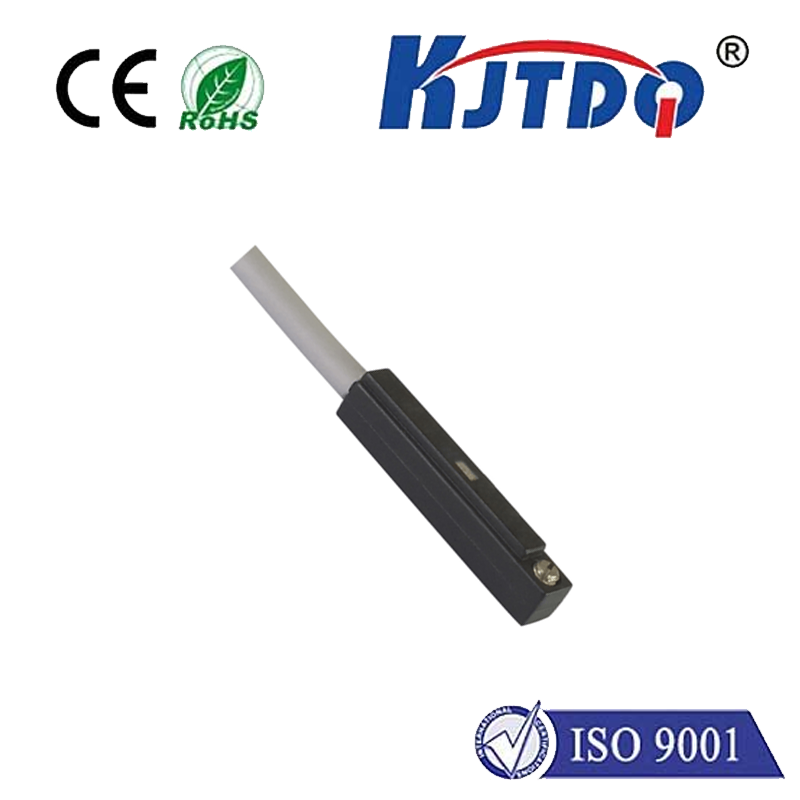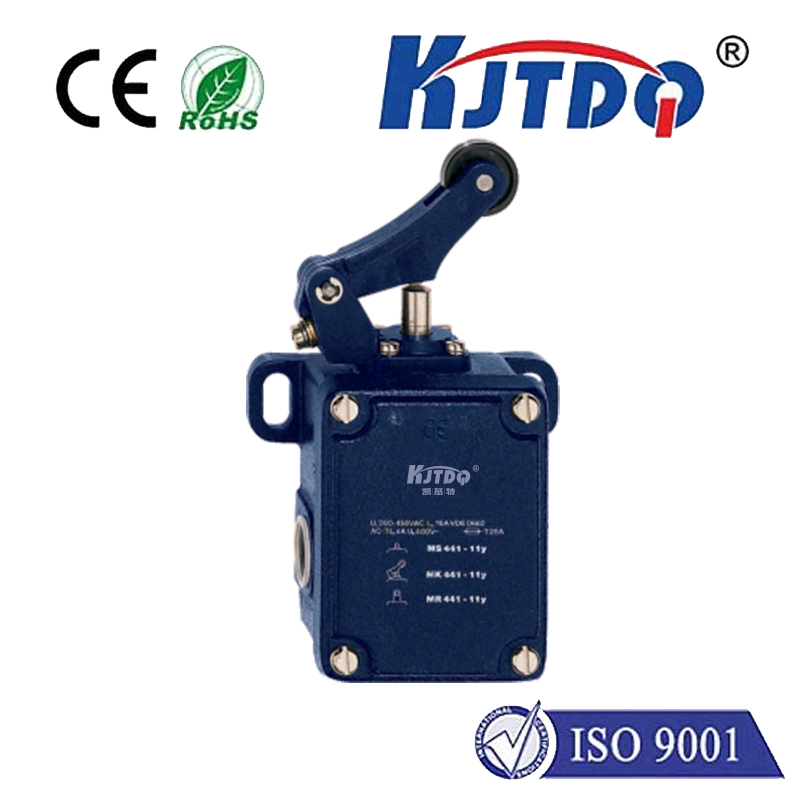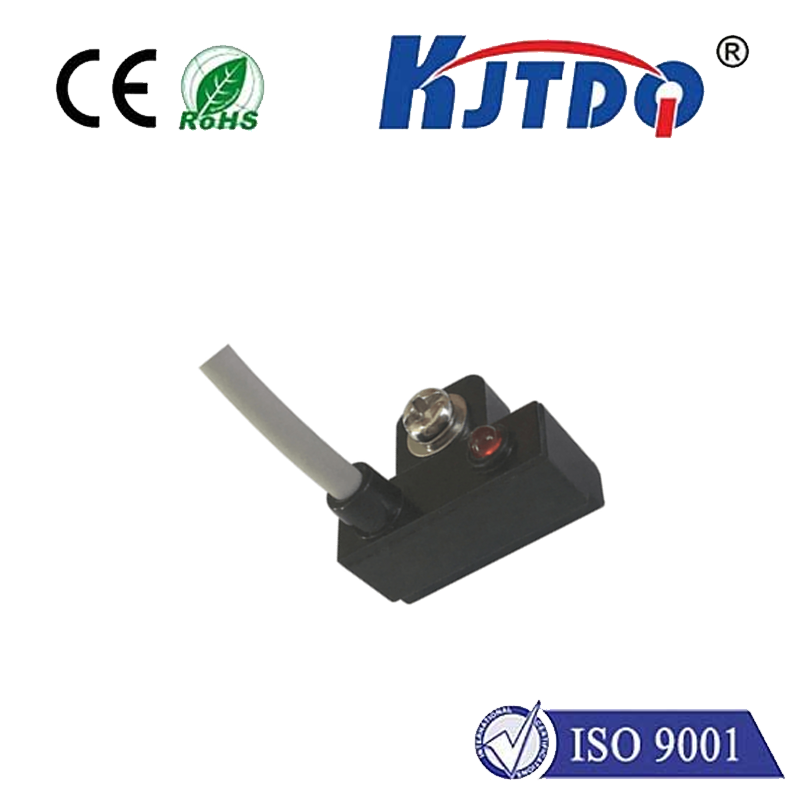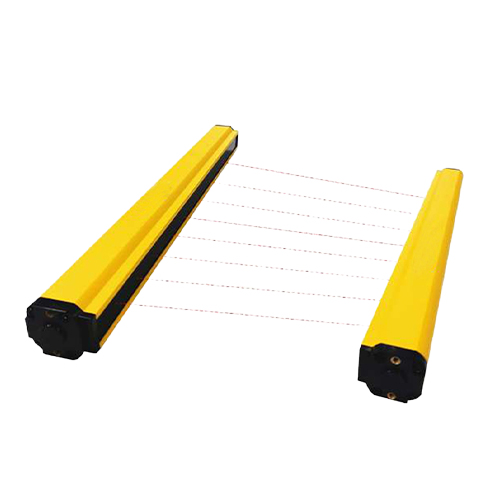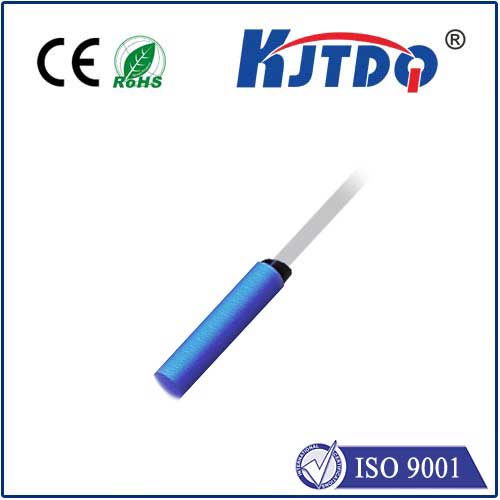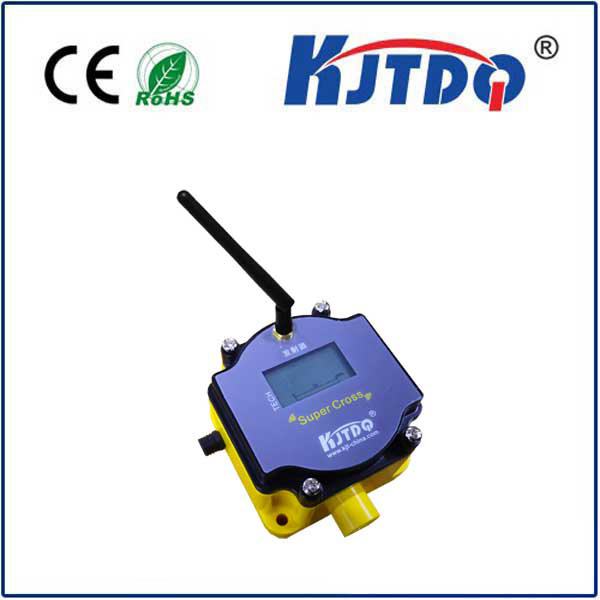Unlocking the Power of Photoelectric IR Sensors: Your Ultimate Guide to Intelligent Detection
Imagine stepping into a world where everyday objects “sense” their surroundings without a touch—automated doors slide open as you approach, factory lines flawlessly count products, and security systems silently spot intruders in the dark. This isn’t science fiction; it’s the reality powered by photoelectric IR sensors, a cutting-edge fusion of light and infrared technology revolutionizing industries globally. These compact yet potent devices detect objects by harnessing infrared beams, offering unparalleled precision in automation, safety, and efficiency. But how exactly do they achieve such feats, and where can they make the biggest impact? In this deep dive, we’ll explore their inner workings, diverse applications, and why they’re becoming indispensable in modern engineering, all while keeping things clear and actionable for tech enthusiasts and professionals alike.

At its core, a photoelectric IR sensor combines simple physics with advanced electronics to detect the presence, absence, or position of objects without physical contact. It operates on the principle of projecting an infrared light beam—typically invisible to the human eye—and analyzing how that beam interacts with targets. The sensor includes an emitter that sends out the IR light and a receiver that catches the reflected or interrupted signal. This interaction allows the device to trigger responses like alarms, switches, or data logs. For instance, in a through-beam setup (where emitter and receiver face each other), an object blocking the beam causes a drop in received light, signaling detection. Contrast this with retro-reflective types, which use a reflector to bounce light back, or diffuse models relying on light scattering off nearby surfaces. The versatility here stems from infrared’s unique properties: it penetrates dust, smoke, and non-glass materials better than visible light, making it ideal for harsh environments. Plus, photoelectric IR sensors consume minimal power, integrating seamlessly into IoT ecosystems for real-time monitoring.
The applications of photoelectric IR sensors are vast and growing, spanning from industrial automation to consumer gadgets. In manufacturing plants, they’re the unsung heroes of assembly lines, detecting components for precise counting and quality control. Consider their role in conveyor belt systems: if a product shifts out of place, the sensor instantly halts operations, preventing costly mishaps. Beyond factories, security sectors leverage them for perimeter monitoring—using IR beams to “trip” alarms when someone crosses an invisible barrier, like in museum exhibits or high-security zones. Even everyday life benefits: automatic faucets in restrooms employ these sensors to conserve water by detecting hand movements, while smart home devices use them for touchless lighting controls. What sets them apart is their non-contact nature, reducing wear and tear compared to mechanical switches and enabling use in sterile environments like food processing. As industries push toward Industry 4.0, photoelectric IR sensors are becoming smarter with embedded AI, predicting failures and optimizing workflows, all thanks to their reliable, real-time data output.
Adopting photoelectric IR sensors brings significant advantages, but it’s wise to acknowledge their limitations for balanced decision-making. On the upside, they boast high accuracy over long ranges—up to several meters in some models—resisting interference from ambient light through modulated IR signals. They’re cost-effective and low-maintenance, with no moving parts, slashing downtime and operational costs in sectors like logistics. For example, in automated warehouses, these sensors streamline inventory tracking, ensuring pallets move smoothly without human input. However, performance can dip in extreme conditions: heavy fog or dirt accumulation might scatter the IR beam, leading to false readings. Reflection-based variants also struggle with dark, non-reflective surfaces. Yet, solutions are evolving, such as polarized versions that filter out glare, making them robust in outdoor settings. By choosing the right type (like diffuse for varying surfaces or fiber-optic for confined spaces), users maximize efficiency. Ultimately, innovations in micro-optics are pushing boundaries, enhancing sensitivity for niche uses in robotics and medical devices.
Looking ahead, photoelectric IR sensors are cementing their role in smarter, safer technologies. From adaptive streetlights that brighten as pedestrians approach to agricultural drones mapping crop health, they’re driving sustainability and efficiency. By integrating effortlessly into digital networks, they empower businesses to leap into the future of automation—proving that even the smallest light beam can illuminate big possibilities.

